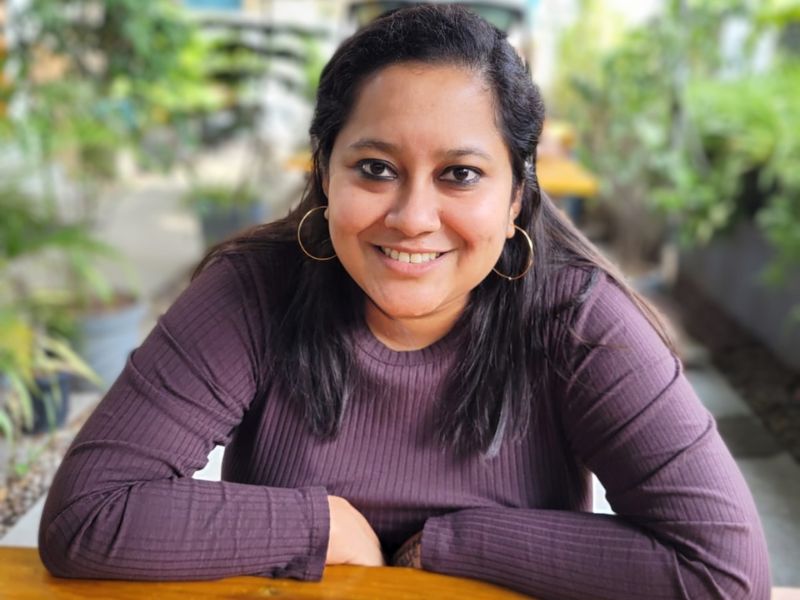

India’s education landscape reflects stark socio economic disparities. While the Right to Education Act guarantees universal access, the 2021-22 UDISE+ data reveals that children from marginalised backgrounds face compounded challenges: 55% of government school students come from families earning less than ₹10,000 monthly, with limited access to quality education and global opportunities.
The learning crisis disproportionately affects these communities. ASER 2023 data shows that only 39.5% of students from low-income families in government schools can read at grade level, compared to 72.3% in private schools. The digital divide amplifies this problem: National Sample Survey data shows that only 4% of rural households have computers, and only 15% of those have internet access, limiting their exposure to global learning resources. Infrastructure disparities tell a similar story. Both Government and private schools, serving predominantly marginalised communities, face severe challenges: 27% lack electricity, 19% lack proper drinking water facilities, and 40% lack functional computer facilities (UDISE+ 2021-22). In schools serving Dalit and Adivasi communities, the student-teacher ratio often exceeds 1:60, compared to the national average of 1:47.
The skills gap widens this divide. The India Skills Report 2023 reveals that students from marginalised backgrounds score 32% lower on employability assessments, primarily due to limited exposure to 21st-century skills and global perspectives. Only 12% of first-generation learners from low-income families report confidence in English communication, a crucial skill for global opportunities.
Economic mobility through education is evident: National Sample Survey data also shows that children from marginalised backgrounds who complete quality secondary education earn 3.5 times more than their parents’ generation. When these students receive global exposure through exchange programs or international competitions, their earning potential increases by another 40%.
At Teach For India, we have discovered the value of targeted interventions over a 15-year time period. Data shows that when students from marginalised backgrounds receive exposure to global perspectives, there is a significant improvement in the adoption of critical thinking, collaborative and problem-solving skills. For example, Teach For India’s “India & I” curriculum has been particularly impactful, with 89% of participating students from low-income backgrounds reporting increased confidence in tackling challenges they see in the world around them.
The Navodaya Vidyalaya system provides another successful model, focusing on talented rural children: 75% of its graduates from marginalised backgrounds pursue higher education, with 32% securing international opportunities through scholarships. The Jawahar Navodaya Vidyalayas (JNVs) report that 42% of its students from Below-Poverty-Line families have secured admissions in premier institutions like IITs and NITs.
Government scholarship programs are making a difference: The Ministry of Social Justice and Empowerment’s overseas scholarship scheme has supported 6,000+ students from SC/ST backgrounds for international education since 2014. These scholars show a 92% rate of returning to India and contributing to their communities.
The challenge remains significant: 37% of India’s school-going children come from marginalised communities, facing systemic barriers to quality education and global opportunities. However, evidence shows that when given equal access to quality education, global exposure, and skill development, these students not only match but often surpass their privileged counterparts. This transformation from inequality to opportunity requires sustained investment in equitable education, technology access, and global exposure programs – proving that with the right support, children from marginalised backgrounds can compete globally, breaking intergenerational cycles of poverty.
Also read: Teach For India Fellowship: An opportunity to give every child an excellent education